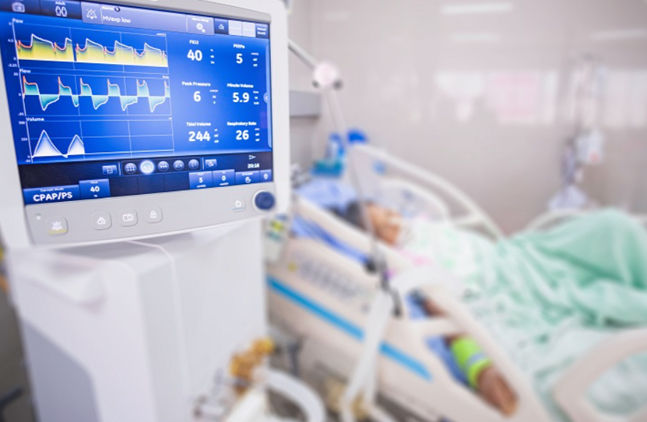Critical Care

What is Critical Care ?
Critical care refers to specialized medical attention provided to individuals facing life-threatening injuries and illnesses.
Typically administered within an intensive care unit (ICU), this comprehensive care is delivered by a dedicated team of highly trained healthcare professionals, offering round-the-clock monitoring and utilizing advanced medical equipment to track vital signs continuously.
Additionally, critical care often entails administering specialized treatments tailored to each patient’s needs.
Who needs critical care?
Critical care is necessary for individuals facing life-threatening illnesses or injuries, which may include:
- Severe burns
- COVID-19
- Heart attack
- Heart failure
- Kidney failure
- Recovery from specific major surgeries
- Respiratory failure
- Sepsis
- Severe bleeding
- Serious infections
- Significant injuries, such as those resulting from car accidents, falls, or shootings
- Shock
- Stroke
What happens in a critical care unit?
- Catheters: Flexible tubes utilized to administer fluids into or drain fluids from the body.
- Dialysis machines: Known as “artificial kidneys,” these are utilized for individuals with kidney failure.
- Feeding tubes: Devices providing nutritional support.
- Intravenous (IV) tubes: Tubes used to deliver fluids and medications directly into the bloodstream.
- Monitoring machines: Equipment that checks vital signs and displays them on monitors.
- Oxygen therapy: Treatment providing additional oxygen for inhalation.
- Tracheostomy tubes: Breathing tubes inserted into a surgically created hole in the neck, allowing airflow into the windpipe.
- Ventilators: Breathing machines assisting individuals with respiratory failure by regulating air movement in and out of the lungs.

